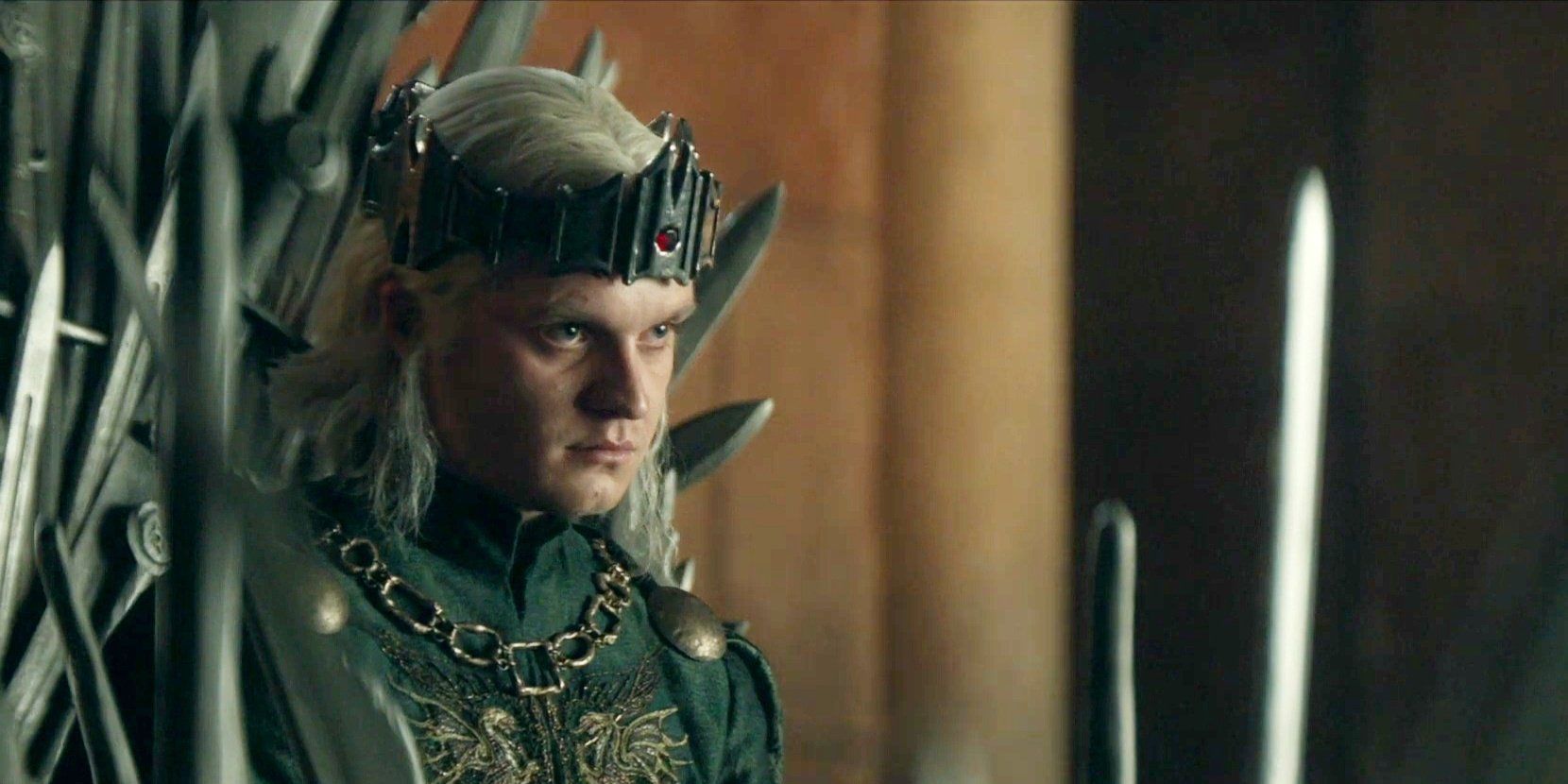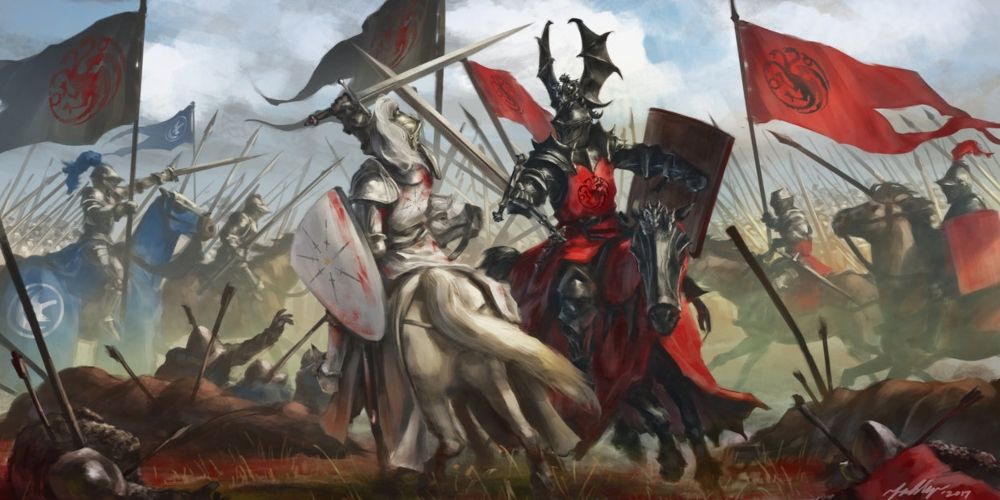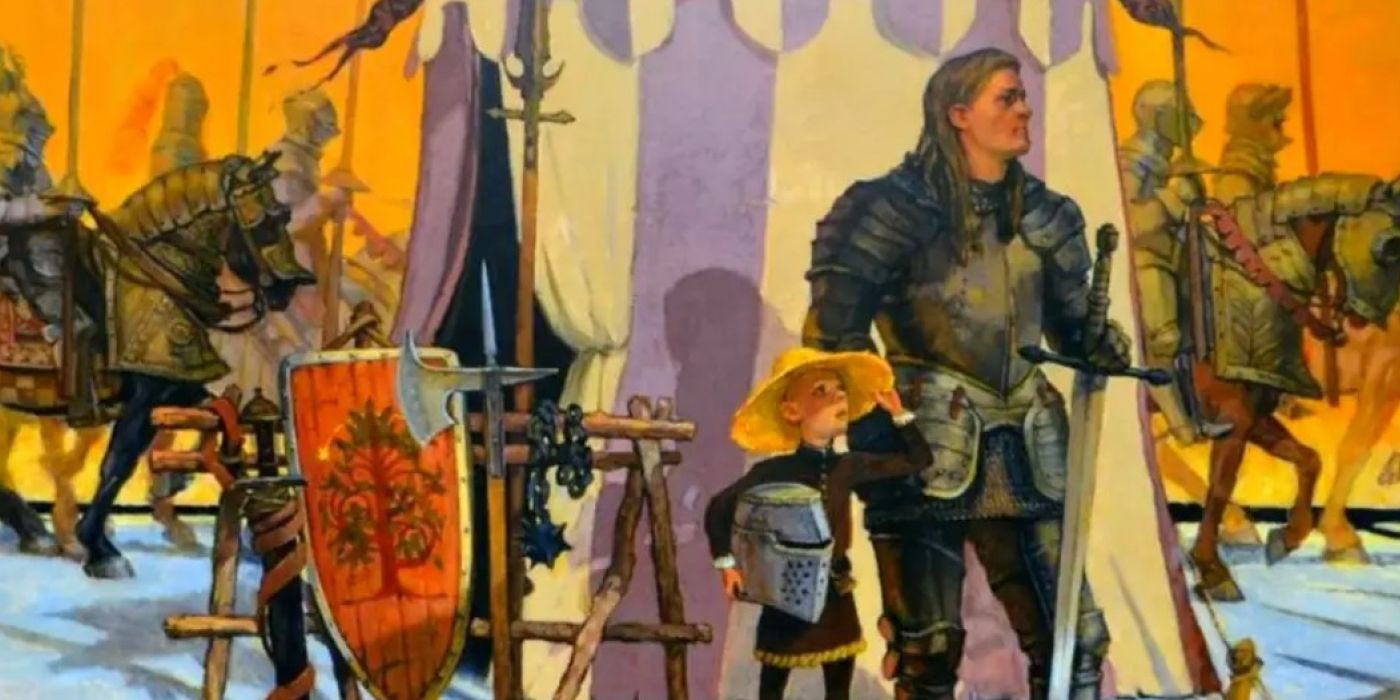The kingdoms of Westeros date back thousands of years before the events of Game of Thrones, so there is an immense amount of history to cover in the series — much of which is covered in sparse detail. Fortunately, much of the recent history of Westeros is recorded, so fans can at least know the events that precipitated the downfall of the Taragaryen Dynasty.
Although House of the Dragon explores the apex of the Targaryen’s rule, there is still nearly 150 years between it and Game of Thrones. This slow decline for the Targaryens saw them adapt to being kings and queens without the aid of their dragons and brought about more challenges to their supremacy than ever before. It also set the stage for the inevitable return of the dragons, as supernatural forces began to rise once again.
The Era Without Dragons

Dragons had been the source of Targaryen dominance for over a century. The mere threat of them was enough to suppress any notions of rebellion for fear of a new Field of Fire or a second Burning of Harrenhal. The one thing that the Targaryens had on their side in this turbulent moment was the knowledge that Westeros was sick of the constant war that had been waged during the Dance. While others had their own plots in motion, open conflict was not in the cards as the Targaryens worked to unify the realm and heal the wounds of the past. It can even be said that, without the dragons, the Targaryens were better at unifying their people, as they now had to think and act like any other noble family that didn’t have the equivalent of a magical nuke on their side.
In the first decades following the Dance, the Targaryens managed to pull off some impressive feats, such as getting Dorne to swear allegiance to the Iron Throne. Granted, this required a Dornish Princess to become Queen of Westeros alongside the current Targaryen King, but it brought about a unity that had evaded Aegon the Conqueror all his life. Through diplomacy, not blood and fire, House Targaryen slowly began to recover some of the strength they lost.
The Blackfyre Rebellions Nearly Destroyed House Targaryen

King Aegon the Unworthy legitimized all of his bastards.
This resulted in Daemon Blackfyre leading a rebellion against the Iron Throne.
There were five Blackfyre Rebellions in total.
After the Tagaryen Dynasty brought Dorne under their rule, a new era began that was triggered by the worst king the family ever produced. Aegon IV, known more commonly as Aegon the Unworthy, was a king who cared only for his own pleasure. He drank and ate until he actually died under his own physical weight, but worse than this, he sired a number of illegitimate children, creating a potential threat to the succession of House Targaryen. Then, to everyone’s shock and horror, and no doubt an act of spite from the unworthy king, Aegon the Unworthy legitimized all his bastards on his deathbed.
Rebellion followed soon after. The first and greatest of the Great Bastards, Daemon Blackfyre, declared he was the rightful King of Westeros and challenged the reigning monarch, Daeron II for the throne. Daeron and his family managed to stop the Blackfyre Rebellion and slay Daemon, but many of Daemon’s supporters, as well as his children, escaped to Essos where they would spend nearly a century plotting numerous invasions to put a Blackfyre on the Iron Throne.
There would be five Blackfyre Rebellions during the final century of Targaryen rule. Some were more dangerous than others, but each one presented a threat to the realm. Much like the Dance of the Dragons, the lords of Westeros were divided on who should sit upon the Iron Throne. Every time a Blackfyre claimant appeared, the realm became more divided as debates were raged over who was better suited to wear the crown. Regardless of which side they chose though, the Targaryens managed to retain their position during these troubling times. Yet, the effects of the Blackfyre Rebellions can still be felt even in the modern-day Westeros.
The Adventures of Dunk and Egg Changed Westeros’ History

Dunk and Egg shaped the history of Westeros during their adventures.
Egg eventually became King Aegon V after House Targaryen suffered numerous losses.
The Tragedy of Summerhall later wiped out almost all of the Targaryens.
Coinciding with the Blackfyre Rebellions were the adventures of Ser Duncan the Tall and his squire, Egg. In reality, Ser Duncan’s squire was the young Prince Aegon Targaryen. Their adventures across Westeros would involve them in quite a few significant moments in Westeros’ history. From inadvertently causing the death of the Crown Prince, to thwarting the Second Blackfyre Rebellion, wherever Dunk and Egg traveled, they had a hand in shaping the history of Westeros. All the while, House Targaryen would suffer a series of unexpected tragedies, killing off many of the family’s heirs until it was Egg, the fourth son of a fourth of House Targaryen, who would rise to the Iron Throne as Aegon V or Aegon the Unlikely.
Aegon V proved to be a different kind of king than any Westeros had ever seen. His time traveling among the commoners instilled in him a genuine care for them. He enacted laws to protect them and their rights, earning him their love to the present day, but angering many lords who felt that their own rights were being taken by this new king who was a “half-commoner” in their eyes. This led to quite a few rebellions during Aegon’s reign, prompting Aegon to do something drastic: attempt to bring dragons back to the world.
Aegon became obsessed with restoring his family’s dragons, believing that he needed their power to bring unity and peace to the realm. This culminated in the Tragedy at Summerhall. Aegon summoned several sorcerers and, armed with petrified dragon eggs and wildfire, attempted a ritual to hatch the eggs. Unfortunately, the fire quickly spread out of control, killing off many of Aegon’s family who had gathered there and leaving only a handful of Targaryens left in the world. This was also the day that Prince Rhaegar was born, his mother having been present at Summerhall at the time. This explains why there were so few Targaryens in Westeros by the time of Robert’s Rebellion, and set the stage for the inevitable downfall of the House of the Dragon.





